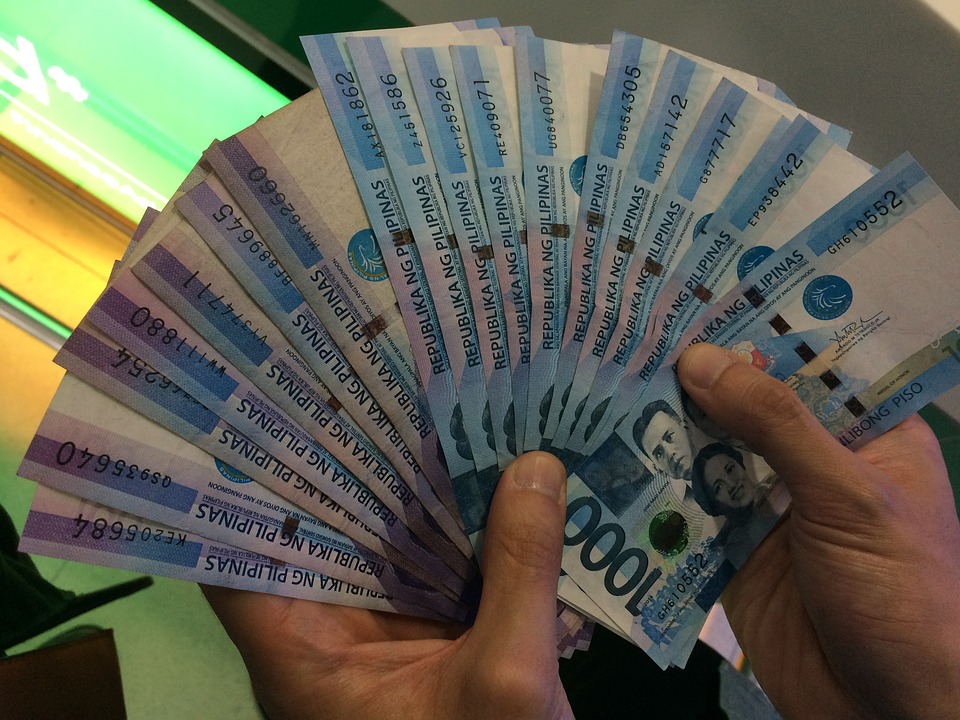
MANILA — BMI Research forecasts the sustained robust operations of Philippines banks but flagged the risk of rising interest rates, citing that this might impact on financial stability.
In a study, the research arm of Fitch Group took on a “neutral view” on the country’s banking sector, which is seen to continue benefiting from the improvement of domestic macroeconomic fundamentals.
It explained that the robust domestic fundamentals “should be broadly supportive of loan growth, profitability and asset quality.”
BMI Research expects the Bangko Sentral ng Pilipinas (BSP) to start hiking its key rates this year and this, the research note said, would “act as a damper on some of these performance metrics.”
It cited that with the current low interest rate environment and expectations for high growth given the strengthening of the economy leverage registered a sharp rise “and malinvestment have started to accumulate in the economy.”
“If left unchecked, this pose(s) downside risks to financial stability, even though Philippine banks generally boast healthy capital buffers,” it said.
The study noted that banking assets and credit growth had decelerated after hitting record-highs in July 2017.
This normalization was as expected, it said, because both gauges had been hitting strong growth.
“We expect this trend to continue as interest rates are likely to rise over the coming quarters as the BSP tightens its monetary policy stance over the course of 2018,” it said.
BMI Research projected loan growth to post an average expansion of 14 percent in the next two years and this level, it said, “is still a fairly strong figure” and “will be supported by a healthy risk appetite.”
It also eyes an over 6 percent growth for the Philippine economy in the medium term and this growth is seen to be backed by the demographic sweet spot, strong state infrastructure spending, and greater economic cooperation with China and Japan, with the latter expected to “be supportive of trade and investment.”